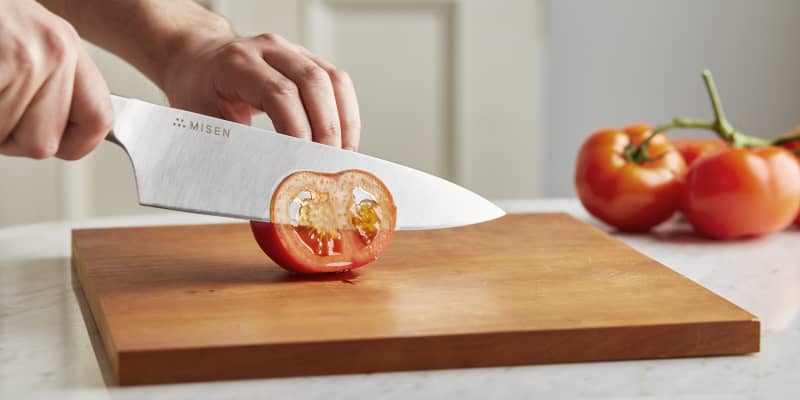In the world of culinary arts, mastering the art of German knife cutting techniques is essential for any kitchen professional. German knives are renowned for their durability, precision, and ability to maintain a sharp edge. These knives are a staple in many professional kitchens, offering versatile cutting capabilities that are crucial for preparing ingredients with finesse and accuracy. In this article, we will delve into the fascinating world of German knife cutting techniques, exploring the skills and methods that can elevate your culinary creations to new heights.

Understanding the Essence of German Knives
German knives are celebrated for their robust construction and exceptional craftsmanship. They are typically forged from high-carbon stainless steel, ensuring long-lasting sharpness and resistance to corrosion. The design of German knives often includes a thicker blade, providing stability and control during cutting tasks. This makes them ideal for handling a wide range of ingredients, from delicate herbs to hearty meats.
To appreciate the true value of German knives, it is essential to understand their unique characteristics. One of the key features is the full tang construction, where the blade extends through the handle. This design enhances balance and control, allowing chefs to execute precise cuts effortlessly. Additionally, the bolstera thick band of metal between the blade and handleprovides added weight and support, reducing hand fatigue during prolonged use.
Essential German Knife Cutting Techniques
The Rock-Chop Technique
The rock-chop technique is a fundamental skill that every kitchen professional should master. This technique involves a rocking motion with the knife, allowing you to efficiently mince herbs, garlic, and other small ingredients. To execute the rock-chop, place the tip of the knife on the cutting board and use the handle to create a rhythmic rocking motion. This method ensures even and consistent cuts, enhancing the flavor and presentation of your dishes.
The Slice and Dice Method
The slice and dice method is perfect for achieving uniform cuts when working with vegetables, fruits, or meats. Start by holding the knife with a firm grip, ensuring your fingers are safely tucked away. Use a smooth, sweeping motion to slice through the ingredient, maintaining a consistent thickness. For dicing, make parallel cuts along the length of the ingredient, then turn it 90 degrees and repeat the process. This technique guarantees uniform pieces, ensuring even cooking and a visually appealing plate.
Mastering the Julienne Cut
The julienne cut is a classic technique used to create thin, matchstick-like strips. It is commonly employed for garnishing salads or adding texture to stir-fries. To achieve a perfect julienne cut, start by trimming the ingredient into a rectangular shape. Then, carefully slice it into thin, even strips. Precision is key in this technique, as uniformity contributes to both the aesthetics and cooking time of your dish.
Maintaining Your German Knives
To ensure the longevity and performance of your German knives, proper maintenance is crucial. Regularly sharpening your knives is essential to keep the blades in top condition. Consider investing in a quality sharpening stone specifically designed for German knives. Proper storage is equally important; use a knife block or magnetic strip to prevent damage to the blades. Additionally, hand wash your knives and dry them thoroughly to prevent rust and corrosion.
Enhancing Your Culinary Expertise
As a kitchen professional, honing your skills in German knife cutting techniques can significantly enhance your culinary expertise. These techniques not only improve the efficiency and precision of your cuts but also elevate the overall quality of your dishes. Incorporating these skills into your daily routine will undoubtedly impress your colleagues and patrons alike.
For further insights into the world of knives, you may explore the fascinating history of German knife making or discover the differences between German and Japanese knives. These external resources provide valuable knowledge that can deepen your appreciation for the art of knife craftsmanship.

FAQs About German Knife Cutting Techniques
What are the key differences between German and Japanese knives?
German knives are known for their durability and thicker blades, while Japanese knives are often lighter and more delicate, designed for precision cuts.
How often should I sharpen my German knives?
It is recommended to sharpen your German knives every few months, depending on usage. Regular honing with a honing steel can also help maintain their sharpness.
Can I use German knives for all types of cutting tasks?
Yes, German knives are versatile and can handle a wide range of cutting tasks, from slicing and dicing to chopping and mincing. Their robust construction makes them suitable for various ingredients.


























